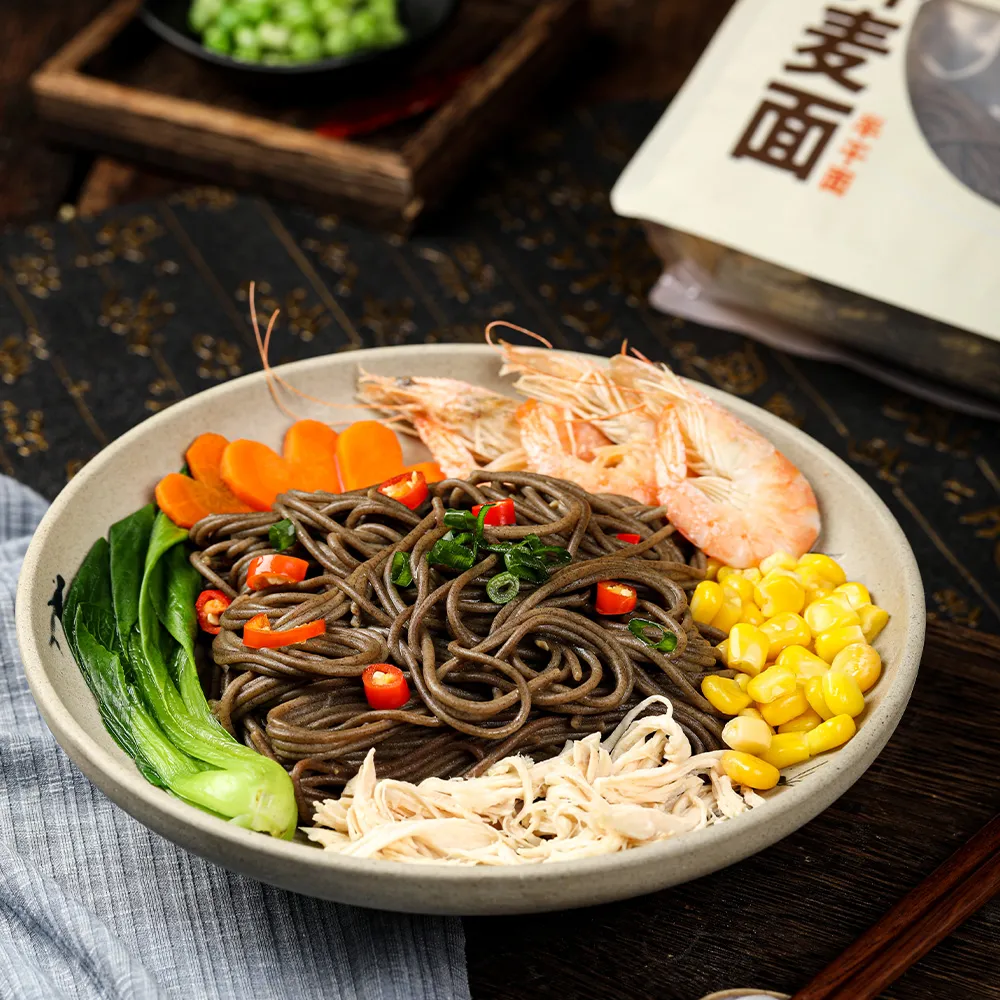A Comprehensive Guide to Instant Noodles Production and Processing Techniques
The Instant Noodles Process From Production to Consumption
Instant noodles have become a staple in many households around the globe, celebrated for their convenience, affordability, and versatility. The journey from raw ingredients to a steaming bowl of delicious noodles involves a well-defined process that highlights the ingenuity and efficiency of modern food production.
Raw Material Selection
The process begins with the selection of high-quality raw materials. The primary ingredient in instant noodles is wheat flour, which is mixed with water, salt, and sometimes, alkaline agents to improve texture. The quality of the flour is crucial as it determines the final product's taste and texture. Other ingredients, such as vegetables, proteins, and seasoning, are also carefully sourced to ensure they meet rigorous standards for safety and flavor.
Mixing and Kneading
Once the raw materials are selected, the next step is to mix and knead them into a dough. This process can vary in time and technique depending on the desired texture of the noodles. The dough must be kneaded thoroughly to achieve the right elasticity. This is often done using large industrial mixers that can handle the enormous quantities of dough required for mass production.
Sheeting and Cutting
After the dough has been prepared, it is rolled out into thin sheets. This stage is called sheeting, where the dough is flattened using rollers to ensure an even thickness. The sheets are then cut into strands of the desired width. This cutting process is vital as it influences the cooking time and texture of the instant noodles.
Steaming and Frying
instant noodles process

The cut noodles undergo steaming to partially cook them, which also helps to enhance their flavor. Some manufacturers choose to fry the noodles in oil at this stage, which gives them a unique texture and longer shelf life. Frying removes moisture, thereby allowing the noodles to cook quickly when boiling water is added later. Alternatively, a non-fried method is also common, where the noodles are dehydrated with hot air, making them a healthier option for many consumers.
Flavoring and Packaging
Once the noodles are cooked and dehydrated, they are mixed with flavoring agents such as spices, flavor enhancers, and dried vegetables. In many cases, these components are packaged separately for convenience and to preserve their freshness. The flavor packets, usually made of foil or plastic, protect the ingredients from moisture and air, ensuring that consumers can enjoy delicious tasting noodles at any time.
After the flavoring process, the noodles are packaged into various formats, including cups, bowls, and traditional packets. This packaging is designed not only for convenience but also for branding purposes, allowing companies to differentiate their products in a competitive market.
Quality Control and Distribution
Before leaving the factory, each batch of instant noodles goes through rigorous quality control tests. These tests check for consistency in texture, flavor, and overall safety. Once approved, the products are shipped to distribution centers and retailers worldwide.
Cooking and Enjoying Instant Noodles
At home, cooking instant noodles is simple and quick. Consumers boil water, add the noodles, and wait for just a few minutes. The added flavoring mixes well with the hot water, creating a rich broth that elevates the eating experience. Instant noodles can also be customized with additional ingredients, such as vegetables, eggs, or proteins, making them a versatile meal option.
In conclusion, the process of making instant noodles is a fascinating blend of agricultural science, nutrition, and culinary art. Understanding this process enhances our appreciation for this beloved food item. Whether as a quick meal or a gourmet creation, instant noodles continue to play a significant role in global culinary traditions.
-
Unleash Your Inner Chef with Delectable Italian Pasta CreationsNewsAug.01,2025
-
Savor Health and Flavor: Irresistible Soba Noodles for Sale Await!NewsAug.01,2025
-
Nourish Your Body with Premium Organic Ramen - A Culinary Delight AwaitsNewsAug.01,2025
-
Elevate Your Dishes with Our Exquisite Kinds of Egg NoodlesNewsAug.01,2025
-
Dive into Flavorful Convenience with Our Ramen OfferingsNewsAug.01,2025
-
Discover Exquisite Types of Naengmyeon and Chilled Soba NoodlesNewsAug.01,2025
-
Is Whole Wheat Pasta Healthy?NewsMay.30,2025
Browse qua the following product new the we

















































































































